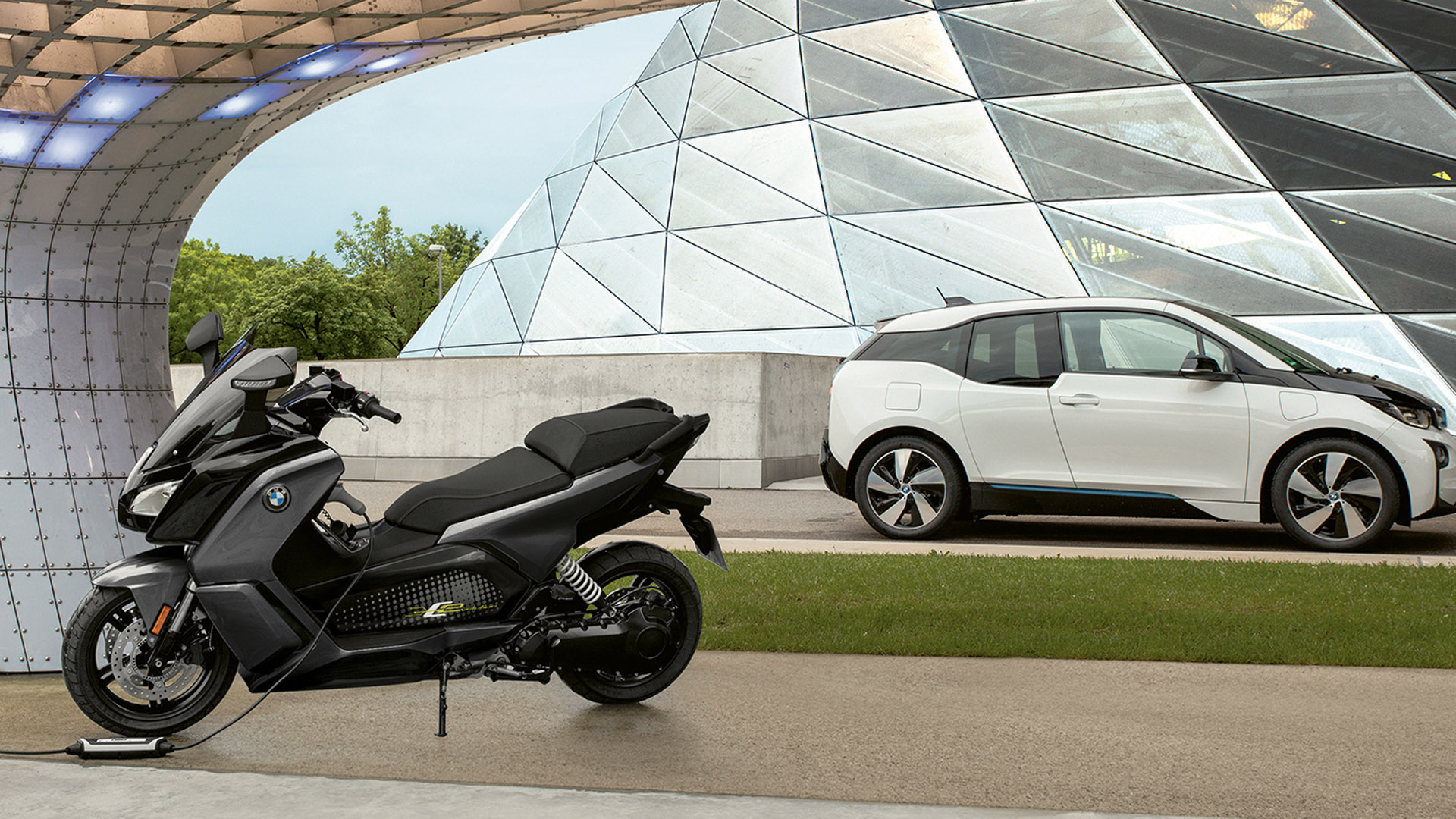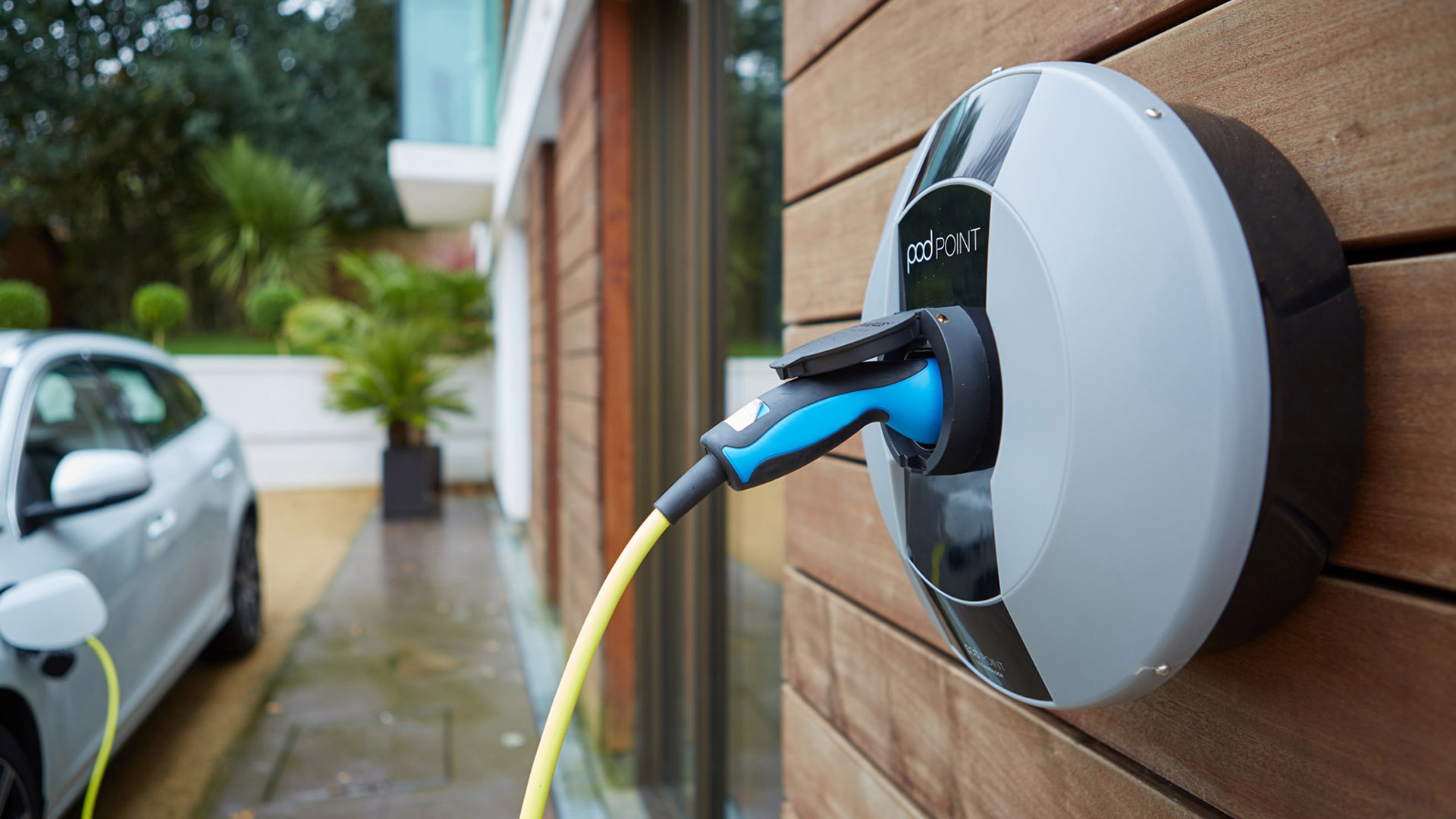The UK government, specifically the Office of Low Emission Vehicles (OLEV), offer a grant for those looking to invest in a new electric vehicle (EV). British drivers can apply for the Plug-in Car Grant (PICG) when they are purchasing a new vehicle.
In this guide, we’ll provide everything you need to know about the PICG and the Electric Vehicle Homecharge Scheme (EVHS).
Read next: What is an EV? Everything you need to know about hybrid and electric vehicles
Plug-in Car Grant: Eligibility
The PICG is only applicable to new-car purchases. Those buying used EVs will not be able to claim any money back from the government. There are eight vehicle types, which are part of the grant: cars and SUVs, motorcycles, mopeds, small vans, large vans, taxis, large vans and trucks. Furthermore, a vehicle must be approved prior to it being part of the grant – an up-to-date list can be found on the government’s website.
The amount you receive is also dependent on the type of vehicle and its CO2 emissions, where each category has its own criteria. These are as follows:
Plug-in Car Grant for cars and SUVs
Cars and SUVs that emit less than 50g/km of CO2 emissions, must travel at least 112 km (70 miles) on a single charge and cost less than £35,000. These vehicles are eligible to claim up to £2,500 from the government. The grant will pay for 35% of the purchase price, which means any car over the value of £7,142 will benefit from the full amount.
Read next: Our favourite inexpensive car phone holders
Plug-in Car Grant for motorcycles
Motorcycles that emit no CO2 emissions and can travel at least 50 km (31 miles) between charges get up to £1,500. The grant will pay for 20% of the purchase price; so anything above £7,500 gets the full amount.
Plug-in Car Grant for mopeds
Mopeds that also emit no CO2 emissions but can travel for just 30 km (19 miles) on a single charge also get the same amount: 20% up to a maximum of £1,500.
Plug-in Car Grant for taxis
Taxis have their own category; vehicles that qualify must emit no more than 50g/km of CO2 and should be able to travel for at least 112 km (70 miles) between charges. The grant will pay 20% of the purchase price, up to a maximum of £7,500.
Plug-in Car Grant for small vans
Vans that have a gross weight under 2,500 kg, mustn’t emit more than 50g/km of CO2 and need to travel for 96 km (60 miles) without emitting any harmful fumes. The grant will pay for 35% of the purchase price and will pay up to £3,000 off the list price.
Plug-in Car Grant for large vans
Larger vans that weight between 2,500-3,500 kg, mustn’t emit more than 50g/km of CO2 and need to travel for 96 km (60 miles) without emitting any harmful fumes. The grant will pay for 20% of the purchase price and will pay up to £6,000 off the list price.
Read next: Our favourite power banks for long journeys
Plug-in Car Grant for trucks
Larger vehicles are a little more complicated. They must have CO2 emissions of at least 50% less than their equivalent Euro VI model. They also need to travel for at least 96km (60 miles) without emitting any harmful fumes.
Here, for the first 250 orders, the grant will pay for 20% of the purchase price, up to a maximum of £16,000. Grants at this rate are limited to 10 per customer. Following these orders, the grant will then pay up to a maximum of £6,000 per vehicle.
Read next: Formula E: Everything you need to know including the race calendar
Electric Vehicle Homecharge Scheme (EVHS)
The Electric Vehicle Homecharge Scheme (EVHS) is designed to help offset the cost of purchasing and installing a home charge point. The grant will contribute up to 75% of the total cost, up to a maximum of £350 (including VAT) per household/eligible vehicle. If you live in Scotland, a further £300 grant (or £400 for those in the most remote areas of Scotland) can be claimed via the Energy Savings Trust Scotland.
Unlike the PICG, this scheme also applies to both owners of new and used cars. The only catch is that the vehicle must have been in your possession on or after 1 October 2016. If buying a new car, you cannot benefit from the EVHS if your car is four months away from being delivered. For example, if your car is set to be delivered on 30 July 2021, you won’t be able to claim for any deductions on or before 29 March 2021.
Much like the PICG, there is a list of approved vehicles that have met the criteria – an up-to-date list can be found on the government’s website. Furthermore, the charge point and installer company must both be approved by OLEV, too.
Read next: Extreme E: The electric off-road racing series
When should I buy an EV?
Over the years, the money offered by the government and in some cases the manufacturers themselves, has reduced. Put into perspective, today you’re getting up to £2,500 off an electric car, wherein 2011 the grant would have saved you up to £5,000. Furthermore, in 2018 the government scrapped plug-in hybrids (PHEVs) from its scheme, limiting it to zero-emission cars, only.
Read next: UK government cuts plug-in car grant from £3,000 to £2,500
At the time of writing, zero-emission vehicles are except for paying the £325 per year Vehicle Excise Duty (VED). Normally this is paid on all vehicles that cost over £40,000.
Is now the best time to buy an EV? Absolutely, but the final decision lies in your hands. If you found this guide useful or would like to ask us a question, let us know in the comments section below. Alternatively, reach out to us via social media: we’re on YouTube, Instagram, Facebook, Twitter and LinkedIn.







